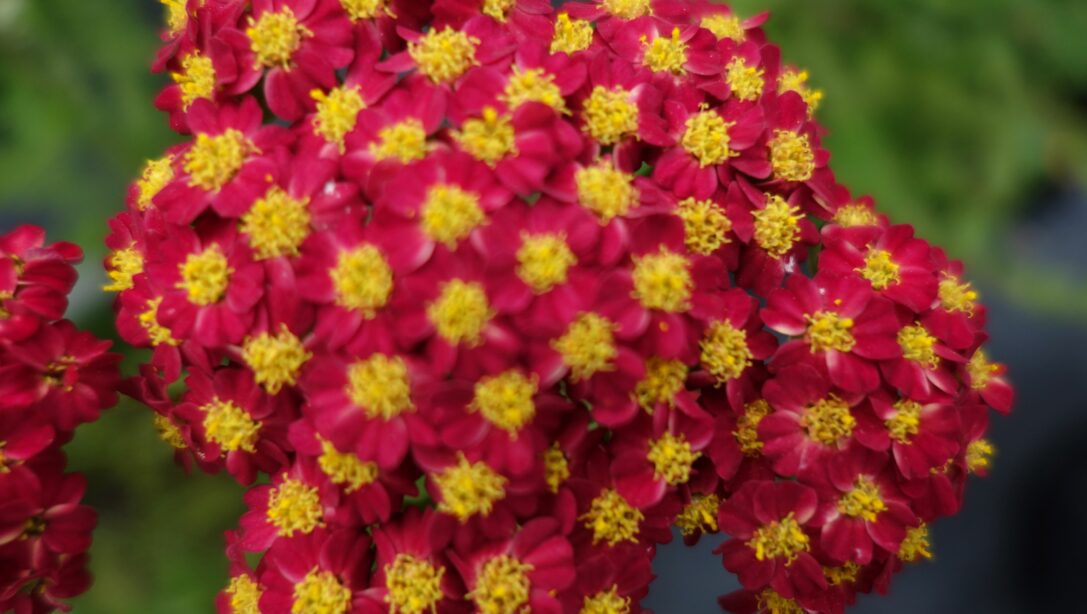Understanding the sun requirements of plants is key to choosing the perfect layout of your garden. Fortunately for those who have a garden full of the ideal sunny weather, there are plenty of options for plants that will thrive in hot and sunny areas.
A hot and sunny location will mean that the area receives approximately 6-8 hours of direct sunlight per day and will not be impacted by shade. With the sun rising in the east and setting in the west, gardens that fall in these hot and sunny locations will often be faced with dry soil, so it’s important to choose plants that can cope with these circumstances.
Choosing plants for hot and sunny areas
A hot and sunny location allows the opportunity to grow a different collection of plants that often wouldn’t survive in shadier environments. This can provide an opportunity for fantastic colour, texture and interesting forms to add an exotic feel to any outdoor space. Alpines, succulents and palms will work wonders in a hot and sunny space with fantastic results.
Iris germanica
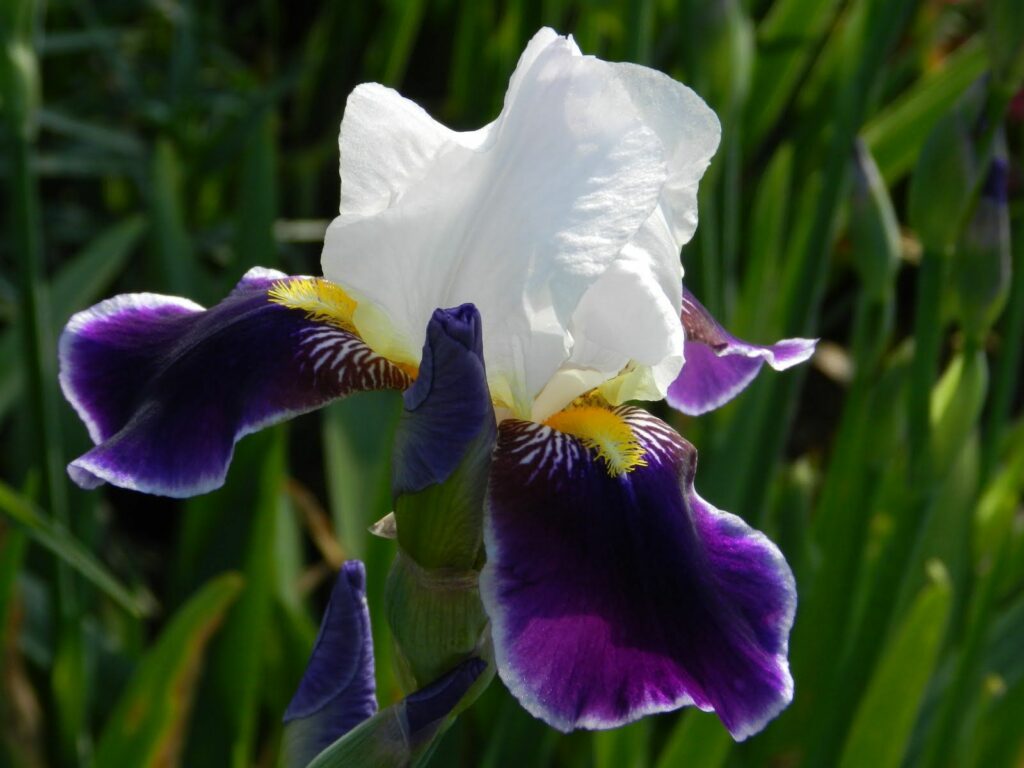
These interesting flowers are a great feature during the spring in a hot and sunny environment. Being very hardy and producing a unique flower focus, they’re great for those gardens where the soil will be a little drier. The rhizome should be planted on the surface and baked in the sun for the best flowering results.
Lavandula stoechas

This drought-resistant option is a fantastic addition to a spring garden that is covered in full sun. Flowering with wonderful colour and providing a beautiful aroma, Lavandula stoechas (French lavender) will adorn your garden with their stunning form throughout the spring and summer months. They are also excellent plants to attract pollinators to your garden.
Panicum
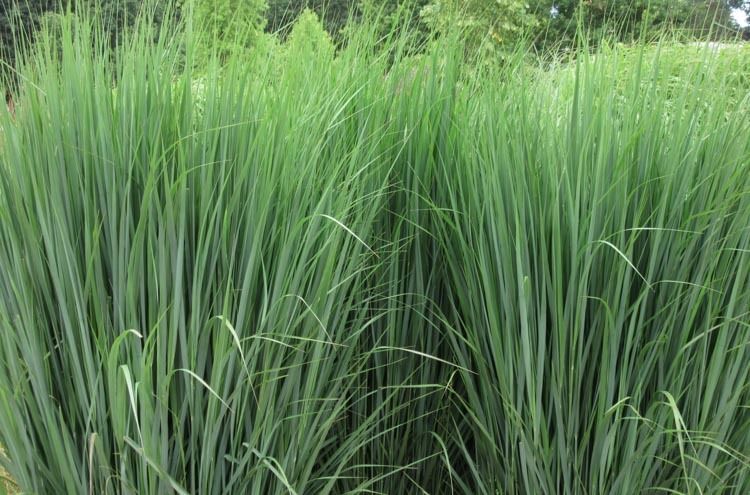
Panicum virgatum is a wonderful deciduous grass that will flower during the summer and autumn months. It can provide stunning purple-blue, narrow, pointed leaves during the spring to add an exotic feel to a hot and sunny garden. The structure of panicum virgatum in the winter months mean they provide year-round interest.
Eremurus

Also known as foxtail lilies, Eremurus are a wonderful addition to a sunny border, providing height and colour interest. They are hardy perennials that can be planted in the spring or later summer – early autumn and will prefer a south-facing garden. Ensure that you plant them in free-draining soil for best results.
Knautia macedonica

Vibrant, deep crimson flowers will cover your planting of Knautia macedonica in the middle of summer and these plants will thrive in the hot and sunny environment. They are extremely hardy and fantastic for pollinators.
Sedum (Hylotelephium)
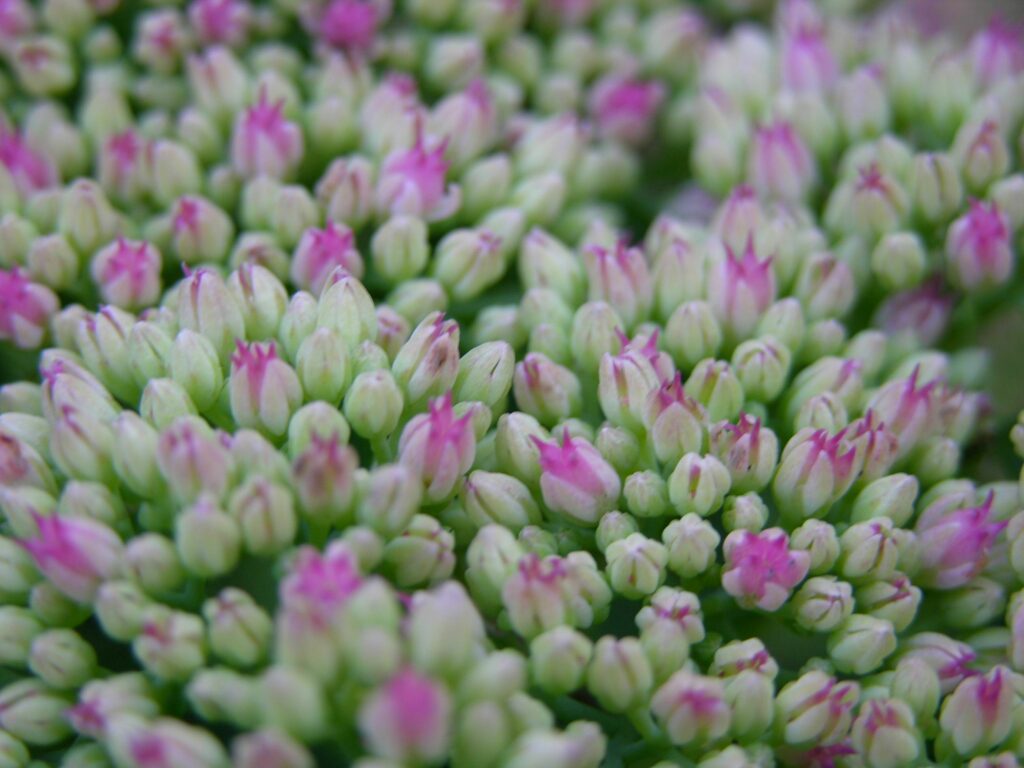
Sedums work well in a hot and sunny garden and are hardy plants. They provide wonderful autumn colour and are great for pollinators.
Sedums have recently had their genus name changed to Hylotelephium.
Cynara cardunculus
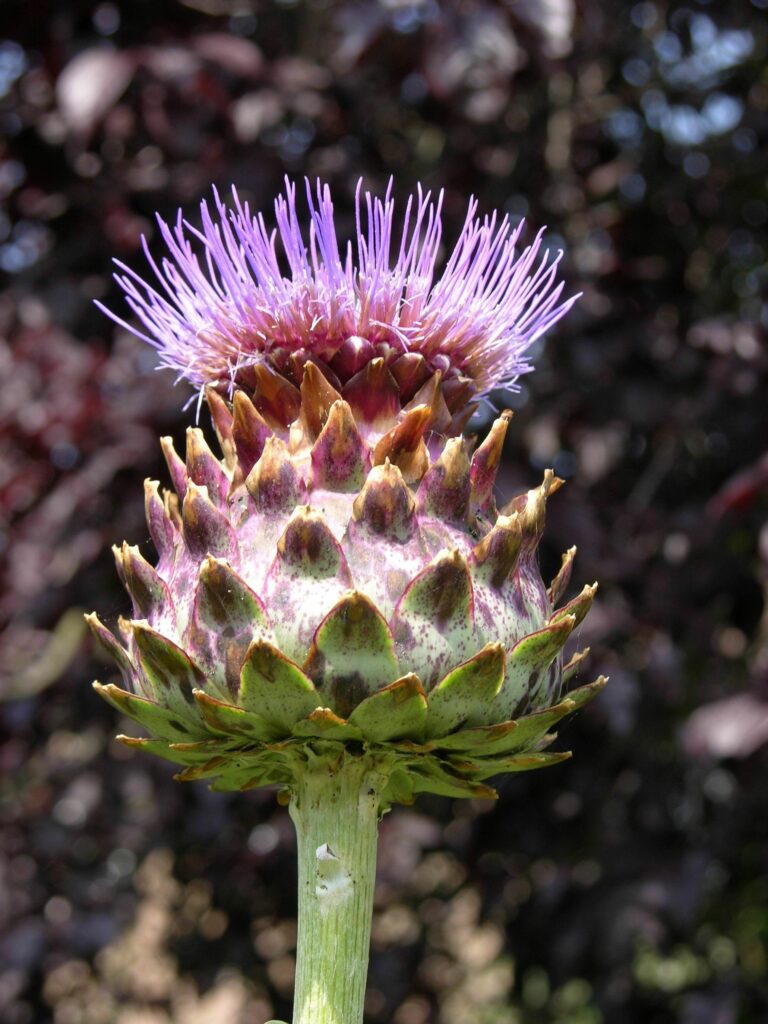
Cynara cardunculus adds a very unique appeal to the garden and will flower from summer through autumn. They thrive in full sun and heat and provide a Mediterranean, exotic nod to your garden. Due to their height and form they add great structure to your garden.
Osteospermum
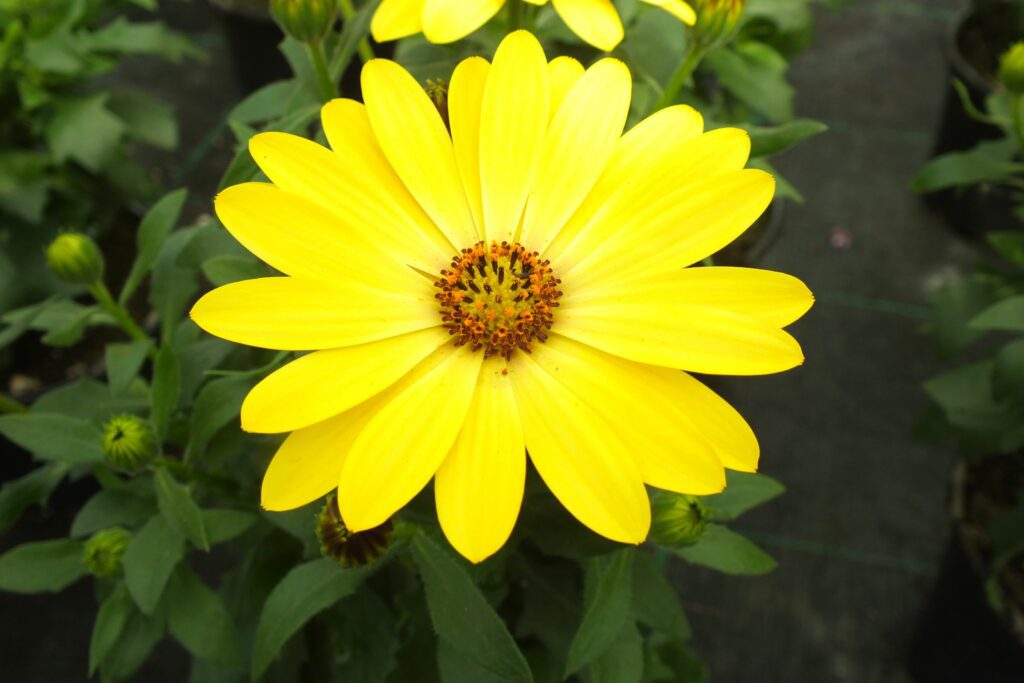
Known as the African daisy and with delicate, pretty, daisy-like flowers, Osteospermum are a fantastic option in a south-facing, hot and sunny garden and will flower from summer through autumn.
Euphorbia
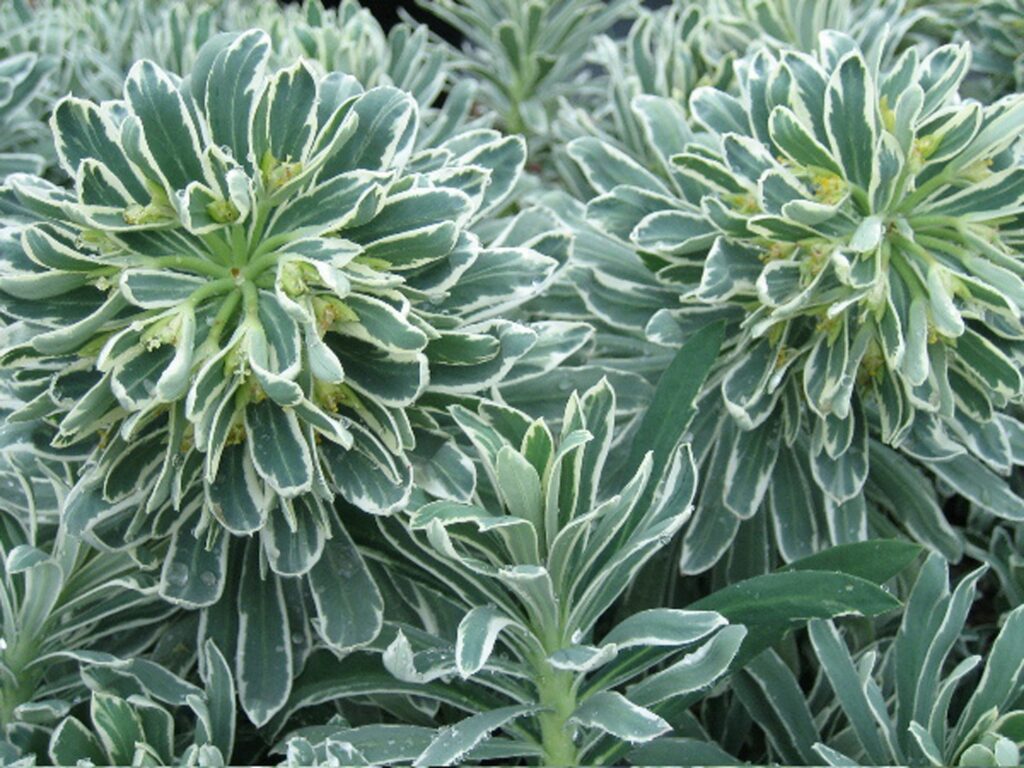
Euphorbia characias feature tiny, bright yellow-green flowers, are densely leafy, and love the full sun. They can withstand drought and thrive in a south-facing location.
Angelica
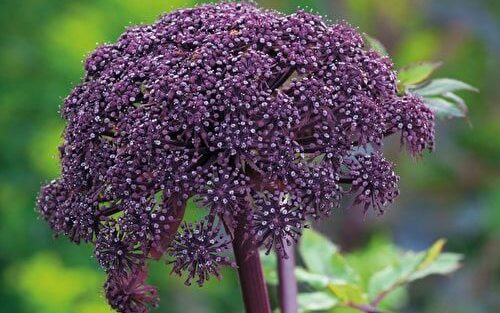
Angelica gigas is a fantastic architectural plant that adds height and drama to a border. It has exotic-looking, shiny green, divided leaves, the upper ones of which are modified to form inflated purplish sheaths. Large, dark crimson-purple florets form distinctive, tight heads from late summer to autumn. The blooms are extremely attractive to pollinators and are excellent for cutting.
Achillea
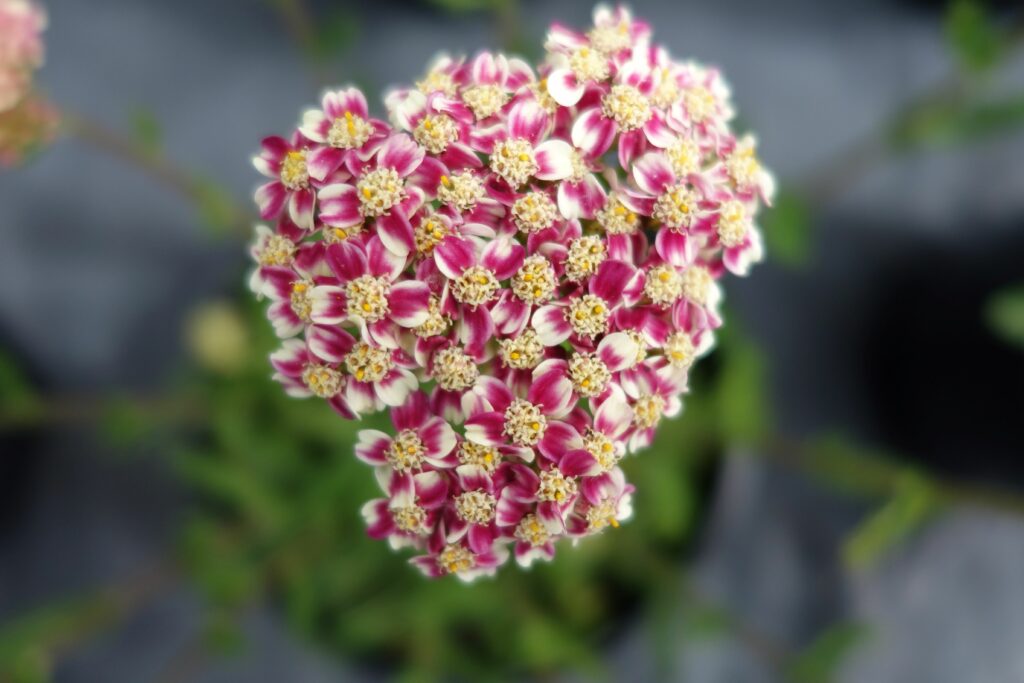
Achilleas (yarrows) make a great addition to ornamental borders, bearing colourful, flat flowerheads above feathery foliage. They work well in a variety of situations, including gravel gardens and wildlife gardens. The small, plate-like flowers are well-loved by pollinators, particularly hoverflies.
Maintaining plants in hot and sunny areas
The simplest way of ensuring you have a vibrant garden during the heat and sun is to pick the correct plants, but there are also ways of giving your plants a helping hand through the summer months.
Mulching will help your soil retain some moisture, which can be valuable in the extreme heat. Mix garden compost or well-rotted manure into your soil and mulch on top using wood chippings to reduce the risk of moisture evaporation in the sun.
When you water your new plants, aim for the base so that no water goes to waste and is properly utilised by the roots. Also, avoid watering in the middle of the day, as this is when the hottest weather is likely to be. Watering first thing in the morning or last thing at night will limit the chances of the sun evaporating the liquid.
If you are concerned about the sun scorching your plants, then you can create their shade. When growing your plants outside, erect a parasol to cover them, as this will keep them from becoming crisp and unhealthy. If you are growing in the greenhouse, add a layer of shade paint to the windows.


